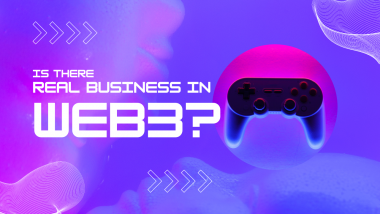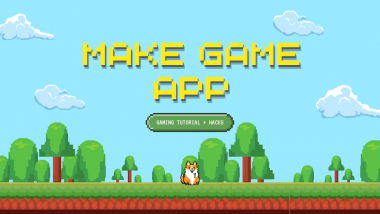For aspiring indie game developers, securing a publishing deal can be a pivotal moment in your journey. Crafting an irresistible pitch deck is the key to capturing the attention of video game publishers and convincing them that your game is a worthwhile investment. In this guide, we’ll explore the critical components to include in your pitch deck and offer additional insights to maximize your chances of success. We’ll also share an example structure for your pitch deck to help you get started.
Example slide deck: https://www.slideshare.net/PitchDecks/one-lonely-outpost-game-pitch-deck
Example 2: https://www.slideshare.net/PitchDecks/button-city-2020-pitch-deck
Pitch Deck Structure:
- Game Overview:
- Title, Genre, and Target Audience
- Unique Selling Points
- Why Your Game Stands Out
- Game Title: “Nebula Nomads”
- Genre: Sci-Fi Adventure
- Target Audience: Space exploration enthusiasts
- Unique Selling Points: Procedurally generated galaxies, deep storytelling, and player-driven choices.
- Story and Setting:
- Game’s Narrative, Setting, and Characters
- Player Engagement Elements
- Story: An intergalactic odyssey through uncharted realms.
- Setting: Futuristic space colonies and mysterious alien civilizations.
- Characters: Diverse and relatable protagonists.
- Engagement: Choices impacting the story’s outcome.
- Gameplay Mechanics:
- Core Gameplay Mechanics
- Progression System
- Innovative Features
- Mechanics: Real-time spaceship combat, resource management, and diplomacy.
- Progression: Upgradeable ships and alliances.
- Innovation: AI-driven dynamic storytelling.
- Visual and Audio Design:
- Concept Art, Screenshots, and Sound Samples
- Aesthetic and Immersive Elements
- Visuals: Stunning space vistas, concept art.
- Audio: Original orchestral soundtrack, immersive soundscapes.
- Development Progress and Timeline:
- Current State of Development
- Estimated Completion Timeline
- Development: Alpha stage with polished mechanics.
- Timeline: 12 months to launch with a playable demo in 6 months.
- Development Team and Track Record:
- Team Introduction
- Skills, Experience, and Past Projects
- Team: Seasoned developers with a history of successful indie titles.
- Experience: Multiple award-winning games in the adventure genre.
- Market Analysis and Potential:
- Market Research, Competitor Analysis, Trends
- Realistic Sales, Revenue, and Player Base Projections
- Market: Growing demand for story-driven space adventures.
- Competitors: Analyzing “Stellar Odyssey” and “Cosmic Explorers.”
- Projections: Targeting 100,000 downloads and $500,000 revenue in year one.
- Comparable Games and Benchmarking:
- Analysis of Similar Games
- Differentiating Factors and Learning Opportunities
- Supporting Data and Statistics
- Comparable Games: “Stellar Odyssey” and “Cosmic Explorers.”
- Differentiation: Enhanced storytelling and procedural generation.
- Data: “Stellar Odyssey” achieved 500,000 downloads in its first year.
- Marketing and Promotion Strategy:
- Your Marketing Plans
- Building Player Engagement
- Marketing: Social media campaigns, community engagement, and influencers.
- Player Engagement: Regular updates, events, and a dedicated Discord server.
- Budget and Financial Projections:
- Development Costs, Marketing Expenses
- Funding Requirements and Investment Allocation
- Budget: $300,000 development, $50,000 marketing.
- Funding: Seeking $350,000 for development and launch.
- Monetization Strategy:
- In-Game Purchases, DLC, Revenue Streams
- Balancing Revenue and Player Satisfaction
- Monetization: Cosmetics and story expansions.
- Balance: Player experience remains premium with optional purchases.
- What Do You Need From Your Publisher:
- Funding, Marketing, Localization, Playtesting, etc.
Example:
- Seeking a publisher to provide funding, marketing support, and assistance with localization for global release.
By following this comprehensive structure and considering the additional tips, you’ll be well-equipped to create a compelling pitch deck that increases your chances of securing the support you need to bring your indie game to the forefront of the industry. Good luck on your journey!






